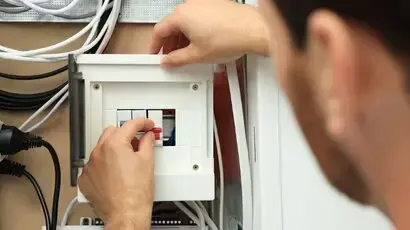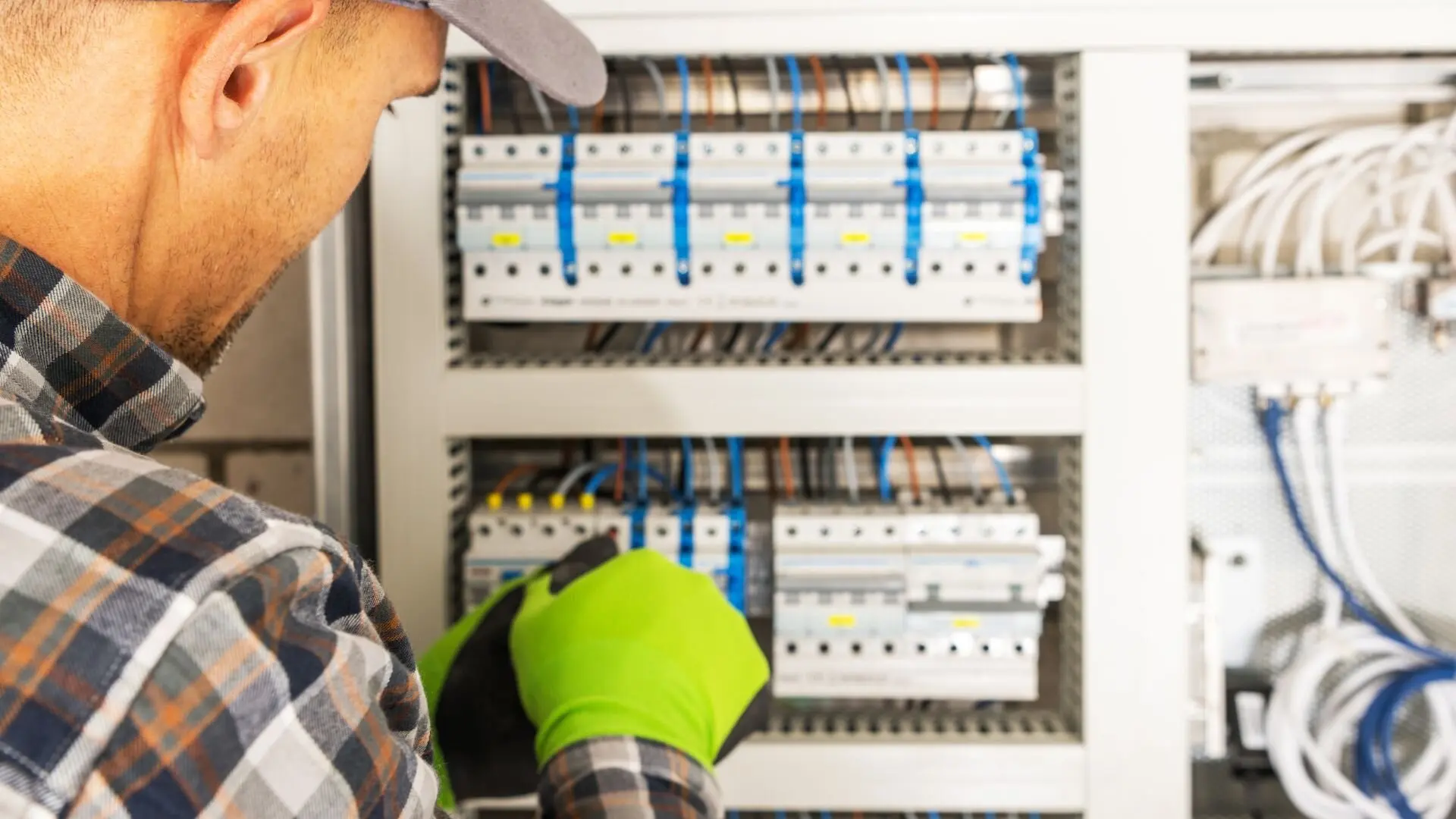
Get your free Melbourne Electrician quote today!
Our team of Melbourne Electricians is here to help you with any questions or concerns you may have. We’re committed to providing you with the best possible service and support.
Electrical safety inspections are vital for a safe home environment. This guide will walk you through the steps to prepare your home for an electrical safety inspection, giving you peace of mind and potentially lowering your insurance premiums
Electrical safety hazards can hide behind your home’s familiar walls, posing a severe threat from faulty wiring or overloaded circuits.
An electrical safety inspection acts as a shield,identifying these issues before they spark disaster. This inspection brings peace of mind, lowers insurance premiums, and, most importantly, prevents devastating electrical fires.
Preparing for your inspection doesn’t need to be a hassle. By taking a few easy steps, you can streamline the process. When the inspector arrives, you’ll feel confident, knowing you’ve done your part to keep your home safe.
Understanding Electrical Safety Inspections
There are two main types of electrical safety inspections:
- Pre-purchase inspections are crucial for new homeowners. They ensure the electrical system in your potential new home is safe and up to code.
- Periodic inspections : For existing homeowners, periodic inspections are recommended to maintain electrical safety. These inspections typically occur every few years, depending on your local regulations and the age of your home’s electrical system.
A licensed electrical inspector is a skilled professional who thoroughly checks your home’s electrics. They examine everything from the wiring to the overall functionality, ensuring your home remains safe and secure.
During the inspection, they’ll look for potential hazards like damaged wiring, overloaded circuits that could cause overheating, and faulty equipment that poses a risk of electrical shock or fire.
Preparing Your Home for an Inspection

Once the inspection is finished, the inspector will give you a detailed report outlining any issues. This report will also recommend necessary repairs. It’s crucial to address these safety concerns promptly to keep your home’s electrical system secure.
Electrical Safety Tips for Everyday Life
Here are some simple electrical safety tips you can incorporate into your daily routine:
- Avoid overloading outlets – Plug only the necessary appliances into each outlet.
- Extension cords are for temporary use only. Don’t rely on them as a permanent solution for powering appliances.
- Keep water sources away from electrical appliances – This includes avoiding condensation build-up around appliances in kitchens and bathrooms.
Don’t Let Your Home’s Safety Be a Shock
Keeping your home’s electrical system safe isn’t a fluke, so prepare for an inspection with WP Electrical! Before the inspector arrives, gather appliance manuals, clear access points to electrical components, unplug non-essential appliances, replace burned-out bulbs, and prepare a list of questions.
Keep in mind thatelectrical safety extends beyond just inspections. Avoid water near outlets, ensure cords are undamaged, and get familiar with GFCI outlets from a trusted source. If your inspection finds any needed repairs, WP Electrical’s certified electricians can bring your home’s system up to code and ensure it remains safe.
Contact W.P. Electrical today for any electrical safety questions or toschedule an inspection!
Published by: Pascal Harb17 October 2025